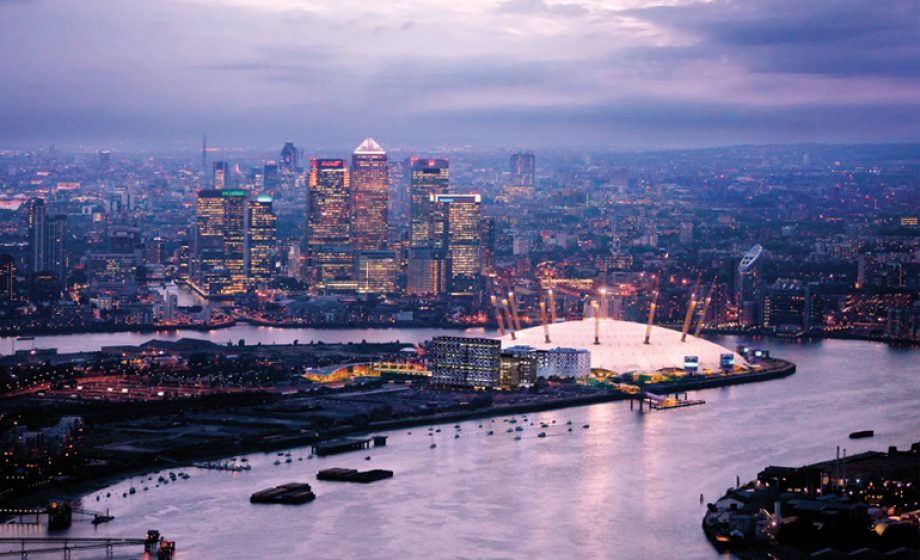
The Royal Borough of Greenwich (RBG), located in greater London, is one of a few smart cities pilots in the world that truly paves the way for the future of connected cities. The ambitious regeneration programme overseen by Greenwich Council, including the €6,25 billion development of the Greenwich Peninsula – a whole new district being built in London – offers a unique test bed for innovative smart cities solutions, including the application of new technologies to improve the urban environment, the economy and the delivery of public services.
Smart objectives for a smart city
Today’s challenges for cities are tremendous. A significant growth in population, businesses and visitors, an increased demand for services, and the need to minimise the impact on physical, natural and financial resources must be handled alongside with maintaining economical growth. These issues are at the core of the RGB’s global strategy, with the ultimate aim to “make the city a better place for residents, businesses and visitors”. According to the district’s objectives, in the next 20 years the Royal borough will facilitate development to allow for the creation of an additional 30,000 jobs and 25,000 homes and 40,000 new residents.
Making it a reality: what does it mean to build a smart city?
In concrete terms, making a city “smarter” and more connected means improving existing infrastructures and building new ones for new needs. For example, an infrastructure that supports new ways of delivering health and care services in people’s homes; new ways of linking data sets that allows real-time monitoring and better targeting of services; and new ways of giving citizens and businesses greater control.
The aim is to implement varied digital infrastructures and open systems that are fit for purpose with minimum barriers that would otherwise hinder access and restrict innovation.
The need for multiple stakeholders to work together
It is clear that to be successful, the vision and implementation towards a smart city requires the participation of many parties, both public and private, but with strong leadership from the city authority. This partnership approach isn’t new for cities. What is relatively new is the involvement, at a strategic level, of the big technology players. But there are many other stakeholders that need to be involved – city businesses, large and small, land owners, developers, public and private sector service providers and not least: citizens. According to the RBG Council, the key in making it a success is to share the same vision amongst stakeholders: digital infrastructure is a means to an end and that end is creating better, smarter cities.
Learn more on the topic at the Connected Conference where the RGB will be speaking at the panel dedicated to Smart Cities.

